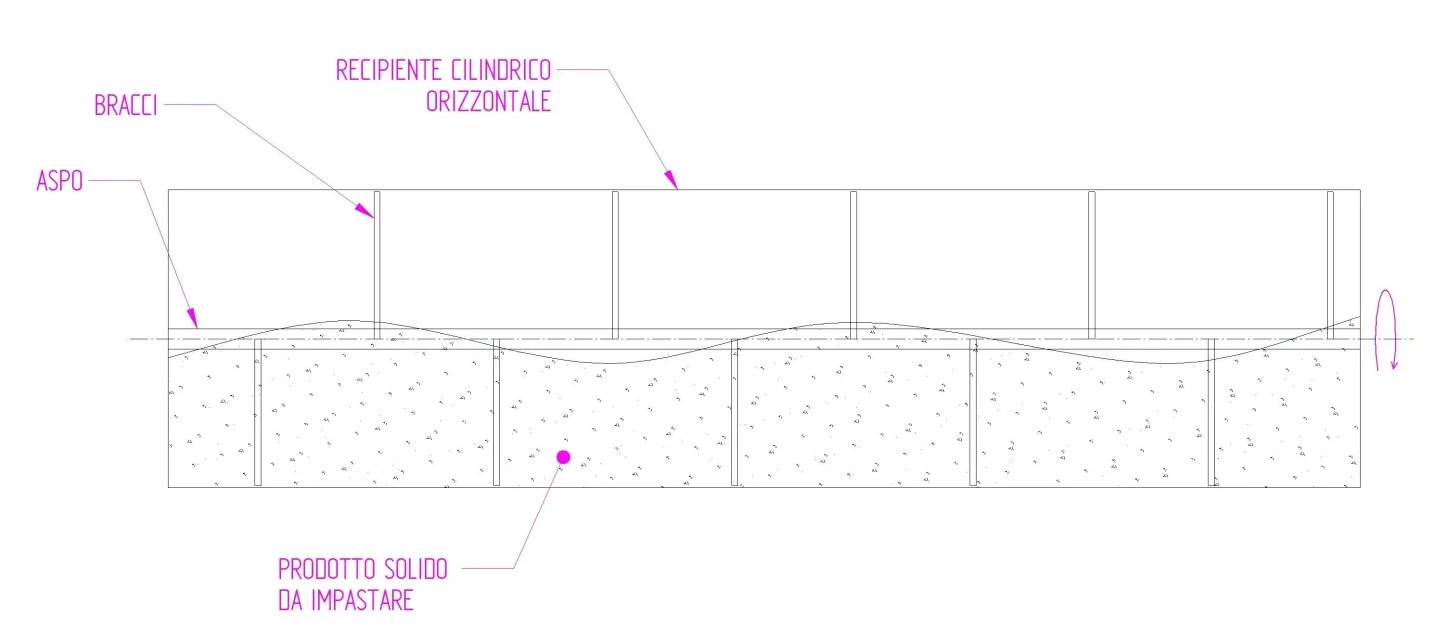campotino
Guest
Good morning.
I have a horizontal cylinder with a rotating axle in the center having arms (reds).
the cylinder is filled in half and the aspo must take care of turning the mass.
for a similar problem, is there any example in literature to estimate the necessary torque to rotation?
Thank you.
I have a horizontal cylinder with a rotating axle in the center having arms (reds).
the cylinder is filled in half and the aspo must take care of turning the mass.
for a similar problem, is there any example in literature to estimate the necessary torque to rotation?
Thank you.

